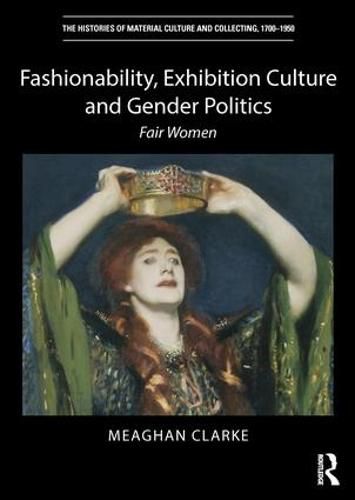Readings Newsletter
Become a Readings Member to make your shopping experience even easier.
Sign in or sign up for free!
You’re not far away from qualifying for FREE standard shipping within Australia
You’ve qualified for FREE standard shipping within Australia
The cart is loading…






Fair Women was the Victorian equivalent of a ‘blockbuster’ exhibition. Organised by a committee of women, it opened to great fanfare in the Grafton Galleries in London, and was comprised of both historical and contemporary portraits of women as well as decorative objects.
Meaghan Clarke argues that the exhibition challenged contemporary assumptions about the representation of women and the superficiality of female collectors. The Fair Women phenomenon complicated gender stereotypes and foregrounded women as cultural arbiters. This book uncovers a wide range of texts and images to reveal that Fair Women brought together fashion, modernity and gender politics in new and surprising ways. It shows that, while invariably absent in institutional histories, women were vital to the development of the modern blockbuster exhibition.
This book will be of interest to scholars in art and gender studies, museum studies, feminist art history, women artists and art history.
$9.00 standard shipping within Australia
FREE standard shipping within Australia for orders over $100.00
Express & International shipping calculated at checkout
Fair Women was the Victorian equivalent of a ‘blockbuster’ exhibition. Organised by a committee of women, it opened to great fanfare in the Grafton Galleries in London, and was comprised of both historical and contemporary portraits of women as well as decorative objects.
Meaghan Clarke argues that the exhibition challenged contemporary assumptions about the representation of women and the superficiality of female collectors. The Fair Women phenomenon complicated gender stereotypes and foregrounded women as cultural arbiters. This book uncovers a wide range of texts and images to reveal that Fair Women brought together fashion, modernity and gender politics in new and surprising ways. It shows that, while invariably absent in institutional histories, women were vital to the development of the modern blockbuster exhibition.
This book will be of interest to scholars in art and gender studies, museum studies, feminist art history, women artists and art history.